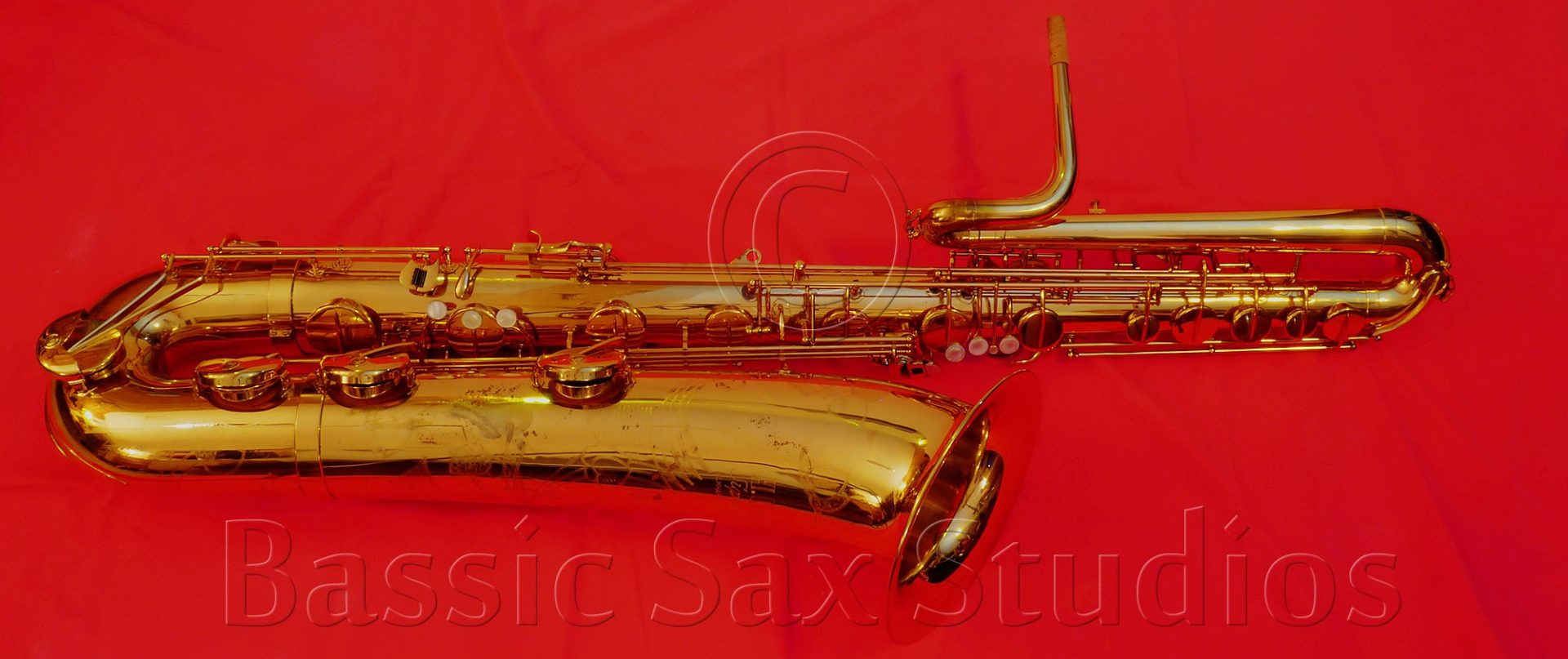Although I have a boat load of tenors, there was one brand of vintage tenor saxophone that had been missing from my stable: a Julius Keilwerth. I had narrowed down my search to a Toneking or The New King from the 1950s or early 1960s. (At that time, the only difference between the 2 models was that the Toneking had a high F# key, while The New King didn’t.) My plan was to buy one of the vintage beauties that Gerhard Keilwerth—Julius’ grandson—restores and sells through his shop in Nauheim, Germany. However, just as I was going to buy one, fate intervened, and I ended up buying a local, 1-owner, Max Keilwerth tenor instead.
Almost a year to the day of my buying this Hohner President, I happened across a Julius Keilwerth-stencilled, Jubilee tenor. It, like the President, was a local horn advertised in Vancouver’s Craigslist, and it too was a 1-owner horn. Could luck be with me again? Yes, as a matter of fact, it could.

It has been said that the Toneking Series III was JK’s most stencilled saxophone. I can believe it, based on the number of different names I see on the bells of these horns on eBay and the likes.
However, many of the saxes that are for sale, look like they’ve been through the war. Not this sax. This horn was someone’s baby.
Sadly the original Lucite angel wing did break at some point, but the owner made a replacement out of Plexiglas. This replacement piece is stronger and sturdier than the original ever was, and according to tech Matt Stohrer, is also the best looking replacement he’s ever seen photos of. Despite this, my plan is to order a metal guard soon. There are a couple of different sources for replacement guards. Besides the European source that I know of, I’ve recently been told that there is also a North American supplier of metal replacement wings.
The previous owner did make some primitive mods on the horn that I undid immediately upon play-testing. Then there were also some other mods that I am going to get my tech to undo when he restores the sax. The left thumb rest will be restored back to its original location, and the leather strap will be removed. The strap hook sewn into the strap ring will also be removed. And yes, I will be getting a cork on the neck. Plumbers’ tape works well in a pinch, but in the longterm is a pain in the ass.
Jubilee Tenor Sax Specs
- Made by J. Keilwerth
- Stencil of the Toneking Series III
- Has a high F# key
- Serial #: 29XXX
- Finish: Lacquer
- The “angel wing” key guard was replaced by the original owner.
- This was a 1 owner horn, which was bought in 1958.
It is worth noting that where JK put their high F# key, is where other German horn manufacturers put their high D/D# triller. This can lead to confusion if you are not familiar with JKs. (I was very confused when I first played this horn.)
Like all my saxes, this horn was restored back to original condition by my tech, David Gsponer, who owns Matterhorn Music. David puts a lot of time and effort into his work, and it shows. My vintage beauties have never played as well, and been taken of better. He is quite simply one of the best repair technicians out there. I wouldn’t dream of taking my saxophones anywhere else.
Before Pix
After Pix
For a full restoration, I ordered an original JK replacement angel wing and clothes guard from Germany. Installing them required quite a bit of finessing however, as David had to use a Dremel tool to carve out the metal of the angel wing in order to make it fit around the low C key (pic 6), and allow it to open properly. You need to have the proper tools, and know what you’re doing, since these original replacement are not simply a matter of off with old, on with the new. Even the clothes guard (pic 10) had to be custom-fitted to the horn.










































You must be logged in to post a comment.